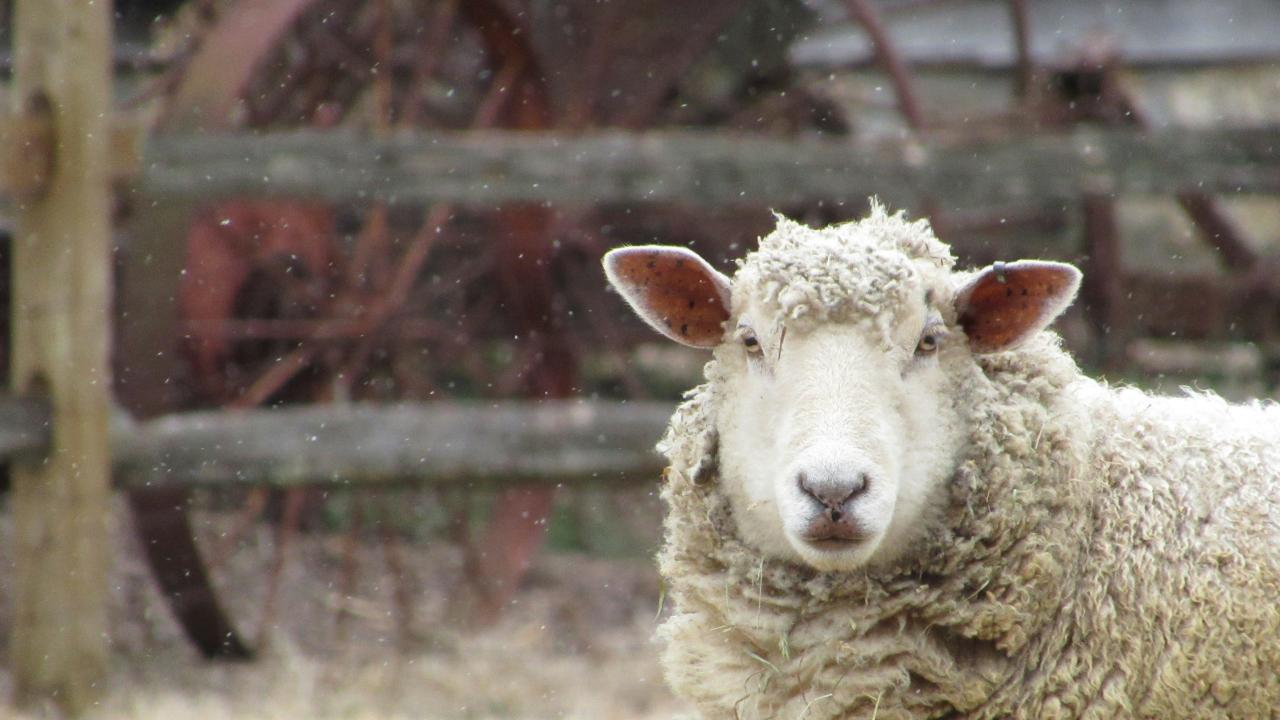Demand still holds key to recovery

THE Australian wool market performed reasonably well all being said and done last week, with an unfavourable currency rate being offset by a large number of lots withdrawn further restricting supply, and exporters trying to build a bit of stock before heading to China for the annual Nanjing Wool Market Conference.
The AWEX EMI was reported moving a single cent lower in Aussie Dollar terms, but it rose by a healthy 12 US cents and 4 Euro cents. The market swung from side to side as it started off the week quite bullish as buyers scrambled to get the quantity they required, but then watched as the market settled and became more subdued on the second day of selling to reassess if clients overseas would follow the price increase.
Markets overseas are still particularly cautious and resistant to any sharp price increases, even if they know they are inevitable given the current low prices and scant supply, they still abhor surprise increases such as eventuated on Tuesday.
Virtually every trader or mill operator in China has been moving very carefully since June trying not to make a mistake until the future becomes a little clearer.
Spooked by the increase on Tuesday, at a time when they thought travelling exporters from Australia may soon come bearing cheap offers, they quickly withdrew into their proverbial shells, and are only cautiously peeking out again now.
It is still early stages in the meet-and-greet circus of the conference, but a few sales of knitwear types have been made, but for the fleece orders it is difficult to bridge the gap between the auction cost of wool, and the Chinese trader’s wish list of prices.
The market movement was interesting, particularly on the first day of selling when a sizeable chunk of the offering was withdrawn by growers either wanting to hold or thinking that the currency increase would prove detrimental.
Whatever the reason, the volume of wool withdrawn was enough to squeeze the market and push prices up in USD terms at least.
This highlights the precarious balance at present between supply and demand, and the demand side is widely acknowledged as being anaemic at best.
The positive aspect is that when demand does improve, as it will eventually do, more supply will be needed, or alternatively prices will rise as an economic truism.
As more global markets, such as Italy, Japan and Vietnam re-enter the fray, albeit gradually and cautiously, mills in China are beginning to take notice. Greasy stock in China is virtually non-existent and with a gathering of punters from across the wool-growing spectrum in Puyuan Fashion Resort, near Tongxiang, in Zhejiang Province, China, there will be a lot of questions asked about production levels not only in China, but also New Zealand, Argentina and South Africa.
Having played a cautious hand for the past few months nobody is willing to get caught short when the wheels do start to turn more quickly again.
The quality of the wools being offered in auctions in Australia is also starting to generate a bit more enthusiasm and not just from the traditional Italian buyers who have known and operated within this seasonality for generations.
Row upon row of nice white, well grown, and well prepared wools put a spring in the step of the buying fraternity.
The cream on the cake, and perhaps a forerunner of how things could be in months to come is the performance of the sub-16 micron wools at present with many rewarding prices being achieved.
For this enthusiasm to spread more widely across the clip we obviously need that one single important factor of more demand.
That demand is contingent on world economics improving and a big step forward this week was taken when the Fed Reserve lowered their interest rates by 50 basis points.
It not only eases the borrowing costs for businesses and mortgage holders but removes a cloud of uncertainty which has been hanging over the market for months.
So much economic angst has been devoted to the ‘will they, wont they’ type of question that to finally have the answer means that the markets can now breathe a sigh of relief and stop procrastinating.
It doesn’t provide the magical solution, but it is a large step in the right direction and will reinforce the commitment of other Reserve Bankers around the globe to do likewise – unless you happen to be in a jurisdiction where the government is maintaining inflation, but that is a different story.
Europe is now the centre of the textile world’s focus to see if they can pull themselves out of the economic malaise they appear to have got themselves into, and with it spur their consumers into action.
Mother Nature has been particularly severe in recent weeks and not at all conducive to happy times for the wool industry.
We have seen record cold snaps in Southern Australia with widespread frost damage to crops, floods across much of Southern Europe and prolonged heatwave conditions throughout China and Southeast Asia, with the odd typhoon thrown in.
Hopefully the changeable weather is soon behind us and consumers can get out and about particularly during the National Day holidays in China in the first week of October and create a good foundation for the upcoming retail season.




Add new comment